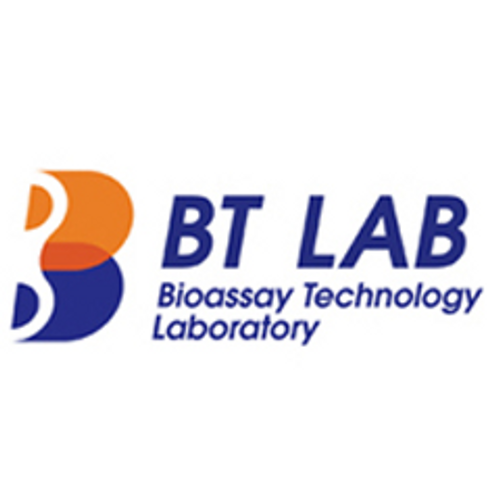Product Description
Human Peptidylprolyl cis-trans isomerase A-like 4G (PPIAL4G) ELISA Kit | AE26441HU | Abebio
Species Reactivity: Human (Homo sapiens)
Abbreviation: PPIAL4G
Alternative Name: RP6-206I17.5; BX284650.5; FLJ16804; MGC163248; MGC163250;
Application: ELISA
Range: 1.25-80 ng/mL
Sensitivity: 0.47 ng/mL
Intra-Assay: ≤5.1%
Inter-Assay: ≤6.8%
Recovery: 0, 86
Sample Type: Serum, Plasma, Other biological fluids
Detection Method: Sandwich
Analysis Method : Quantitive
Test Principale: This assay employs a two-site sandwich ELISA to quantitate PPIAL4G in samples. An antibody specific for PPIAL4G has been pre-coated onto a microplate. Standards and samples are pipetted into the wells and anyPPIAL4G present is bound by the immobilized antibody. After removing any unbound substances, a biotin-conjugated antibody specific for PPIAL4G is added to the wells. After washing, Streptavidin conjugated Horseradish Peroxidase (HRP) is added to the wells. Following a wash to remove any unbound avidin-enzyme reagent, a substrate solution is added to the wells and color develops in proportion to the amount of PPIAL4G bound in the initial step. The color development is stopped and the intensity of the color is measured.
Product Overview: PPIAL4G belongs to the cyclophilin-type PPIase family. PPIase A subfamily. Contains 1 PPIase cyclophilin-type domain, PPIases accelerate the folding of proteins. It catalyzes the cis-trans isomerization of proline imidic peptide bonds in oligopeptides. PPIases are ubiquitous in living organisms. While 3 families of PPIases, cyclophilin (CyP), FK506 binding protein (FKBP) and parvulin (Pvn), have been studied in detail in Eukarya and Bacteria (eubacteria), little is known about archaeal PPIases. Among 2 cyclophilins found in Archaea, only Halobacterium cyclophilin (HcCyP19) has been characterized. It is a cyclosporin A (CsA) sensitive CyP with a MW of 19.4kDa. The PPIase activity and CsA sensitivity of this CyP is higher at higher salt concentration in the medium. No parvulin or its homolog has been found in Archaea.
Stability: The stability of ELISA kit is determined by the loss rate of activity. The loss rate of this kit is less than 5% within the expiration date under appropriate storage condition. The loss rate was determined by accelerated thermal degradation test. Keep the kit at 37°C for 4 and 7 days, and compare O.D.values of the kit kept at 37°C with that of at recommended temperature. (referring from China Biological Products Standard, which was calculated by the Arrhenius equation. For ELISA kit, 4 days storage at 37°C can be considered as 6 months at 2 - 8°C, which means 7 days at 37°C equaling 12 months at 2 - 8°C) .
 Euro
Euro
 USD
USD
 British Pound
British Pound
 NULL
NULL








